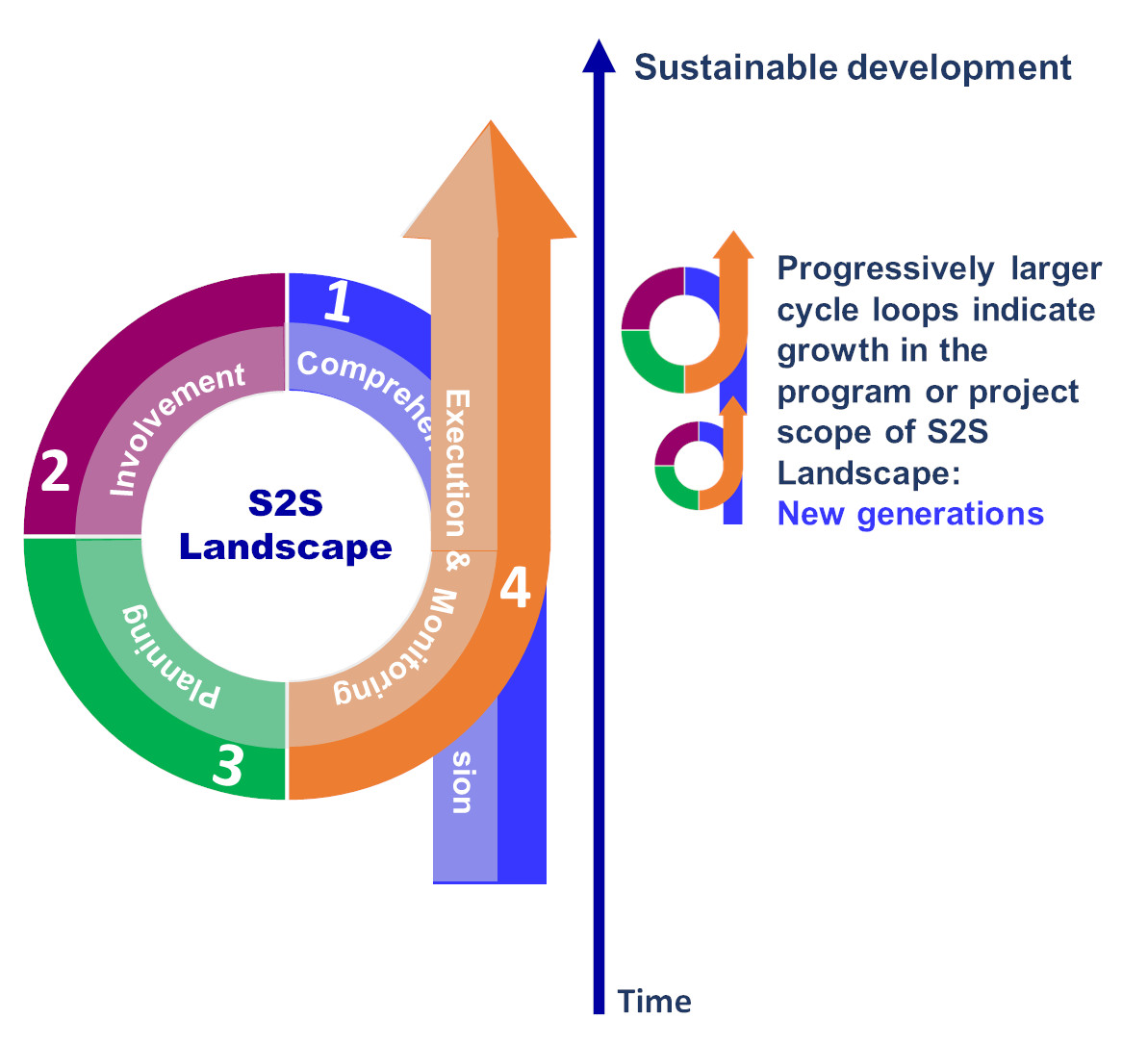Source-to-Sea Landscape: Integrated Management of Water Resources and Landscape
MARE researcher Adriane Michels-Brito is the first author of the scientific article ‘The Source-to-Sea Landscape: A hybrid integrative territory management approach’, recently published in the journal Science of The Total Environment. This article also had the collaboration of Professors José Carlos Ferreira, from FCT/NOVA and a member of MARE, and Professor Carlos Hiroo Saito, from the Centre for Sustainable Development at the University of Brasilia and the Global Water Partnership, representing South America.

Whether fresh or salt, water forms a complex system linked to the landscape. When the landscape is altered, water flows and their benefits are affected. Despite this, the governance and management of landscape and water resources are usually approached independently. For this reason, in the study led by Adriane Michels-Brito, the researchers used a more integrative approach.
‘This research explored the interactions and connections between the Source-to-Sea approach, landscape concepts and approaches and the European Landscape Convention guidelines,’ Adriane Michels-Brito explains. "The main objective was to identify and assess the feasibility of integrating these elements. The integration resulted in a governance and management approach called the Source-to-sea Landscape (S2S Landscape) approach. It is based on systems thinking, practical learning, active participation and adaptive governance and management, providing an integrated vision between landscape and water."

This approach includes four essential stages (Understanding, Involvement, Planning, and Execution and Monitoring) that address the complex connections that fresh and marine water maintain in the landscape, considering physical, biological, socio-environmental and economic aspects in all segments, from the land to the open sea.
In this way, water is seen as a thread that connects a diverse tapestry of environments. Each environment plays a unique role, but all are pieces of a larger, interconnected landscape. Actions in one place reverberate throughout the landscape, creating a web of complex connections.
"This holistic view of the S2S Landscape approach helps us understand the complex relationship between water and ecosystems and how our actions in relation to water affect the landscape and vice versa. Considering the landscape is essential in the water resources sector,’ she continues. "It's like examining the body (the landscape) and its venous system (the water), understanding its internal connections within that body and its external interactions with the universe. As the interaction between water and landscape changes, the physical, biological and cultural context also changes."
Adriane Michels-Brito believes that ‘the S2S Landscape approach could be the key to meeting the challenges of governance and sustainable resource management in an interconnected and constantly evolving world.’
To access the article click HERE
